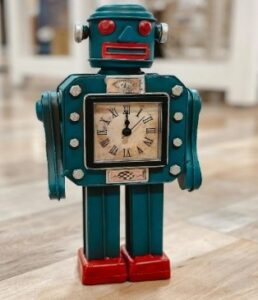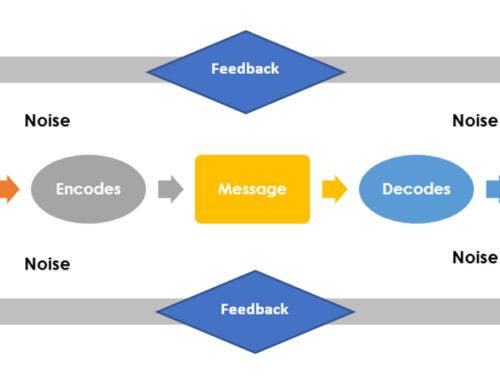Here we are well into the third decade of the 21st century and a debate that raged early in the 20th century is re-emerging with the dawn of the proliferating phenomena known as Artificial Intelligence.
What does it mean to be “Human?”
The earlier debate between vitalists and mechanists centered on the nature of life and its underlying processes. Mechanists argued that all biological phenomena could be explained through physical and chemical laws, likening living organisms to complex machines.
 Vitalists, however, believed that living organisms possessed a unique “vital force” that can’t be reduced to merely physical or chemical processes. They held that it is this force that gave life its distinctive characteristics. Vitalists pointed to the complexity of consciousness as evidence that mechanistic explanations were insufficient.
Vitalists, however, believed that living organisms possessed a unique “vital force” that can’t be reduced to merely physical or chemical processes. They held that it is this force that gave life its distinctive characteristics. Vitalists pointed to the complexity of consciousness as evidence that mechanistic explanations were insufficient.

Many mechanists viewed the universe as a kind of enormous clockwork machine, governed by predictable laws and that, given complete knowledge of its initial circumstances, we could predict all future states of a system. Artificial Intelligence is recently proving to be a very powerful tool in synthesizing massive amounts of data to make and then refine predictions.
Despite the ability to explain a mechanism’s response to a certain stimulus, the complexities of “living” organisms’ innumerable permutations and combinations of preferences as well as the infinite varying degrees to which it responds either adversely or favourably still do not capture the essence of “life.”
The model now shifts from Stimulus à Response, to a more profound, Stimulus à Organism à Response. The determining factor of that response being the homeostatic balance state of the organism. What we refer to as “Self-Regulation,” or at least my interpretation of what Stuart Shanker presents as Self-Regulation is our growing understanding of the aversive sensations we experience when we are not in a balanced state.
Our growing understanding of Neuroscience has also helped in our understanding. The work of Jaak Panksepp (neuroscientist & psychobiologist) led to our ability to identify the neurons, neurochemicals, and neurotransmitters in the mid-brain. Panksepp identified 7 Primary Emotion Circuits in which balance is either achieved or adversely affected due to various stimuli. The imbalance results loosely in aversive sensations which in turn drive our behaviour to ameliorate that discomfort.
Cognitive Dynamics can help you learn more about the Primary Emotion Circuits, and how being mindfully, return to a balanced state, and feel alive with Shanker Self-Reg®






Leave A Comment